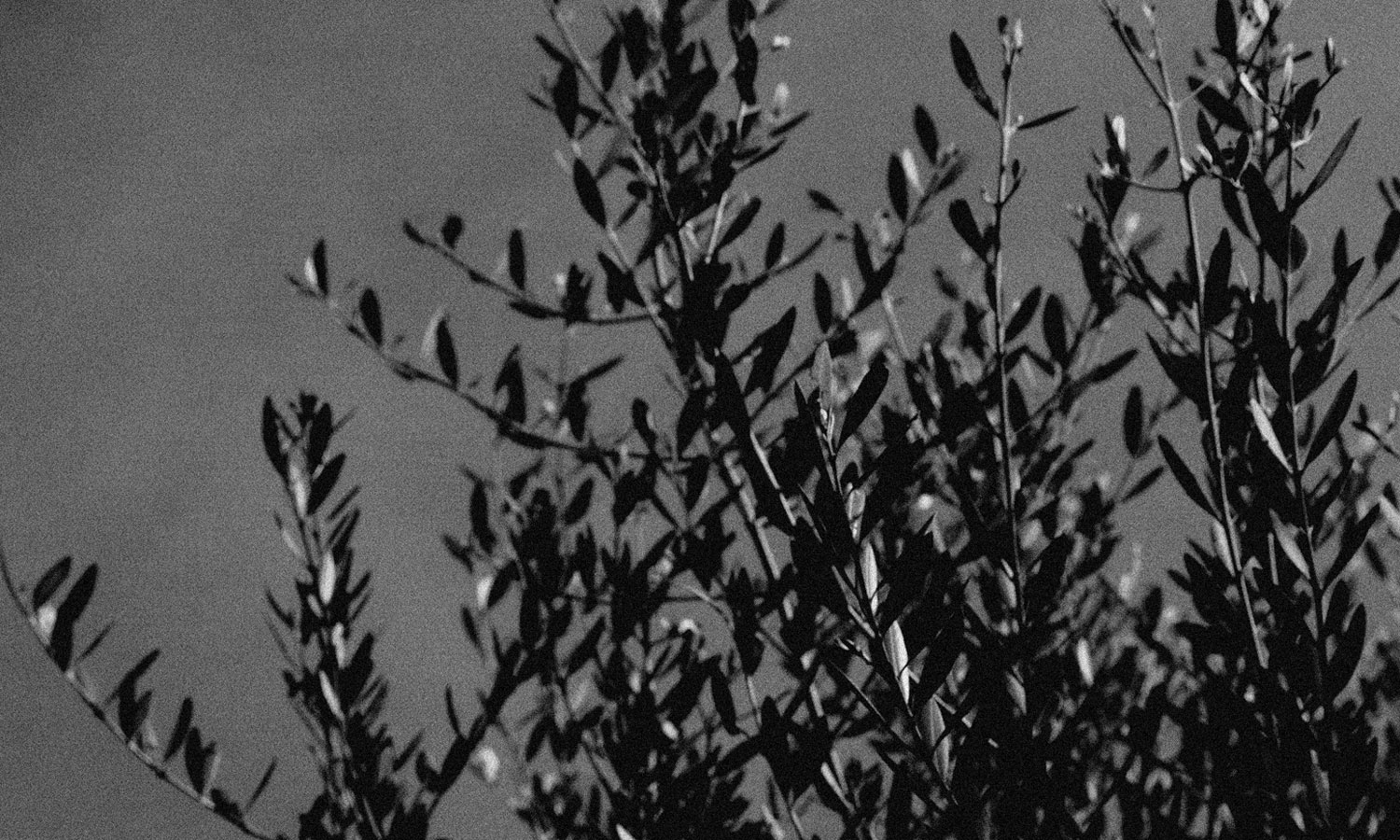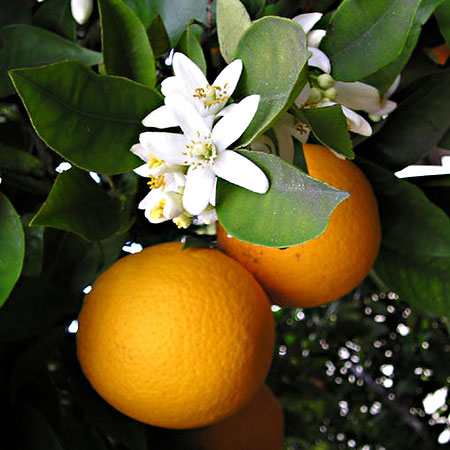

MY FRIEND PERNAMBUCO AND ITS SURPRISES
They surprised me since childhood, and over the years the wonder has not changed on the contrary it has been enriched. I'm talking about oranges typical product of our Finalesi lands that the Sacone company cultivated for many years, or rather adores or better cuddles. The legendary Pernambuco oranges from "Washington Navel" cultivar.
But where lie the surprise and wonder? In the city now there is the idea of the standardized orange coming from southern Mediterranean, definitely beautiful, but allow me, belonging to another dimension in taste and history.
Our oranges with their thick peel at first sight inspire less than the standard oranges, and looking at them it seems that they have dressed up for winter, but here begins the wonder, the peel is a dense collection of small treasures, it has those essential oils that smell intensely and if we peel oranges and we put them on radiators they give a deep natural scent that brings home the scent of beautiful, sunny and clear days that only winter can offer.
But before you even taste or eat the jam (divine and unique) the question is why they are called Pernambuco? The story, tinged with mystery, says that this type of oranges was introduced in western Liguria from the State of Pernambuco (Recife is its famous capital), in Brazil, thanks to a Ligurian sailor who sailed aboard in the eighteenth century carrying cargoes of valuable timber. In addition to the "Pernambuco" wood, he also imported a plant of sweet orange. Here's the first surprise! A little bit of 'history ... as a result of the Treaty of Tordesillas (1494) that divided the world outside Europe between Spain and Portugal, using the a meridian as border, the Portuguese were able to discover and colonize Brazil ... regarding the name "Brazil" ; one of the claims about the origin of the name Brazil is intertwined with our oranges, because the timber is transported by the Genoese sailor was just the "Pernambuco" (Caesalpinia echinata), a plant with the reddish surface also called Pau doBrasil... from Brasa... so called because of the red color of its cortex and its resin.
Brazil coastal areas, were the first to be explored and were the place from this wood came from. For a short period this wood made the richness of Brazil and was used both in cabinet and for the coloring of textiles due to its reddish resin. It is surprising to think that the Pernambuco wood is considered invaluable for the construction of string instruments (best "bows" to play these instruments are made from the wood of Pernambuco as well as luxury pens or pencils). Such was the spread and the preciousness of the timber that this tree practically almost died out. Among the richest areas were just the coastal forests who inherited the name in the State of Pernambuco.
Instead of Pernambuco were built plantations of sugar cane but also citrus groves. Another surprise, there were planted sweet orange (Citrus sinenis). The surprise is the discovery that oranges (now the most produced and consumed fruit in the world) in the past millennia were little known in Europe, the Romans knew them very little, in fact only in the tenth century the orange tree from China and Indochina was actually imported to Europe by the Arabs. From studies the Arabic word narandj which is orange, is itself a translation of the Sanskrit nagarunga, which means "fruit loved by elephants"; Arabs strongly introduced citrus crops but the oranges were only sour oranges: citrus aurantium.
It were the Portuguese in their journeys of exploration and conquest of the world who discovered and introduced some centuries later, again from China and Indochina, the sweet orange (Citrus sinensis). It is said that Columbus brought the seeds in the New World (second journey). The merit of the orange spread is then due to the Portuguese, in fact in many parts of Italy (but also in the world) sweet oranges are called "portugallu" or "purtuali" or with similar names. The Portuguese planted them in Brazil (today it is one of the largest producers) and from Brazil, from the state of Pernambuco, a Genoese took the plant in Liguria, where it is checked with the local clones using it as the sour orange rootstock. Thus is the birth of Pernambuco orange in Liguria.
Do not forget that for centuries Liguria and consequently the Republic of Genoa was the major producer of citrus and dominated the North European market but then came the trains, carrying oranges from the South to the North in short times and low prices ... and most of the crops were abandoned. But from my research I also got some answers that as a boy I was missing and I discovered other wonders. Oranges ripened in winter and as a boy I collected them from early December to late March ... well, unlike other fruits sweet oranges cannot be collected and then left to ripen because they do not ripen after picking. They should be left on the tree until they ripen.
In winter, especially in the winter drought, oranges begin to ripen and fall on the ground when ripe, but the earth clean from insects and herbs through the winter, along with the low temperature and the strong structure of the fruit, allows to collect them intact and at the right point of ripening, even those that have fallen from a couple of days. Among other things, we Sacone do not treat in any way the fruit ... I would say it is almost a vegan collection, to be sincere our love for the citrus orchard originated decades ago. My father planted it and built stone towers of Finale around it and in strategic points, just after he left us, years ago, searching in his papers I found the requested and issued municipal permits for these buildings; They were actually walls against wind integrated with the territory rich in drywall for the bands, ubiquitous in Perti, designed and manufactured to protect the orchard by his great enemy: the cold wind of frost. Our love for the land comes from paternal blood.
When you open a Pernambuco orange you often find at the bottom a small orange, and this left me puzzled. Actually Pernambuco oranges are a Washington Navel cultivar.... the Italian translation of navel is ombelico ... is in fact they have a little belly button at the bottom of the fruit, tied to the natural presence of a second small fruit (scientifically called sincarpia).
But after my various research it still remains a concern: the Washington Navel oranges are a cultivar of sweet blond oranges and not red. In fact collecting them mature in January-early February are blondes but around March oranges of the same tree, falling, ripen with reddened pulp. Is it possible? I always saw it with my own eyes, but the cultivar? ...I have discovered, that the actual cultivar is Citrus sinensis "Sanguineum" Pernambuco : sweet blood orange Pernambuco.
Indeed after they ripen they develop the legendary natural pigments, anthocyanins (healthful antioxidants and anti-free radicals) that color the pulp in red and improve the organoleptic characteristics. But if the blonde oranges are ideal for juices and the red ones are good to be eaten, then our oranges are always good. Another little mystery ... the Genoese, since they are very good sailors, knew very well that if they navigate for long periods they can have a terrible disease linked to lack of vitamin C called Scorbuto ... that's why they say "crabby" ... As a remedy they invented pesto that thanks to the oil is protected from oxidation and keeps the vitamins sealed but they also brought on board sweet oranges ... but how could they preserve them? The unripe fruits almost torn from the plant had to be cooked along with sugar molasses, secret spices and of course, orange juice. After they were cooked, they were put in wooden barrels and the barrels were brought on the ship. In this way with pesto and preserved oranges, the vitamins were always available.
This procedure is said to have been apprehended by the Arabs but it should be noted that the Genoese improved learning, and thanks to their worldwide contacts, they created the candied fruit and here I refer to another relevant page of our products, Chinotto of Savona. Thanks Pernambuco.
CHARACTERISTICS:
